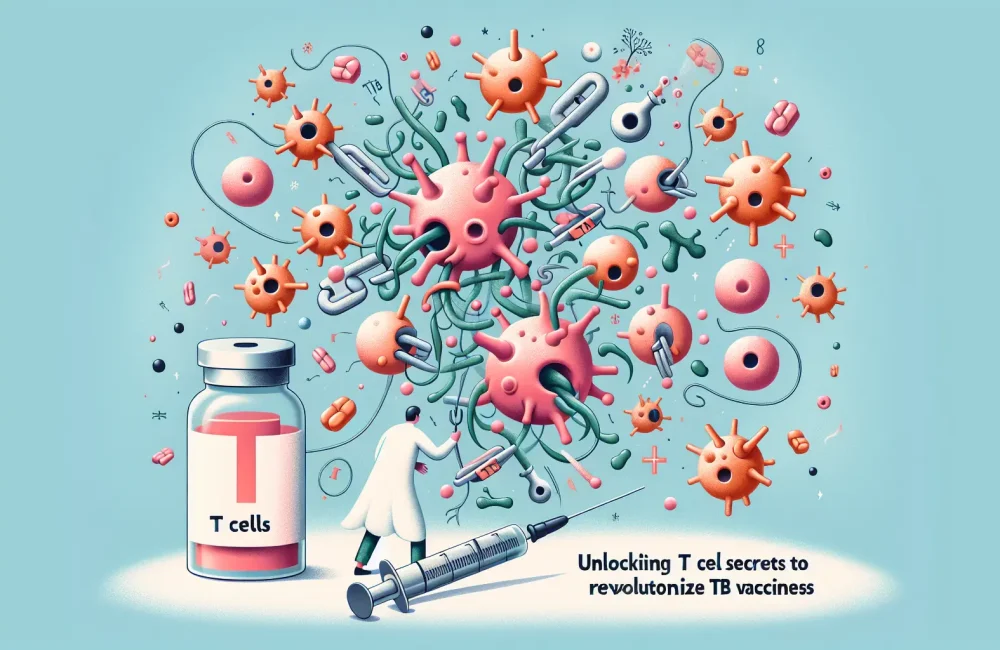By CAFMI AI From Nature Reviews Endocrinology
Muscle Loss Risk in GLP1RA Treatment
Glucagon-like peptide 1 receptor agonists (GLP1RAs) are commonly prescribed to manage type 2 diabetes and obesity, mainly due to their ability to improve blood sugar control and promote weight loss. However, the weight reduction seen with GLP1RA therapy does not only affect fat but also leads to the unintended loss of lean muscle mass. This muscle loss can potentially impair muscle strength and physical function over the long term, raising concerns for patient mobility and overall health, particularly in older adults or those with existing muscle weakness.
Role of GDF8 and Activin A in Muscle Atrophy
Recent research has identified two proteins, growth differentiation factor 8 (GDF8 or myostatin) and activin A, as key players in the loss of muscle mass associated with GLP1RA treatment. Both belong to the transforming growth factor-β (TGF-β) family, which regulates muscle growth and differentiation. These proteins act as negative regulators, meaning they suppress muscle growth, which becomes problematic during GLP1RA therapy as their elevated activity contributes to muscle wasting. The study demonstrated that blocking these proteins can effectively prevent muscle atrophy without compromising the positive metabolic effects of GLP1RAs such as improved glycaemic control and reduction in body fat.
Clinical Implications and Therapeutic Potential
The combined blockade of GDF8 and activin A shows significant promise as a strategy to preserve muscle mass and strength in patients undergoing GLP1RA therapy. This approach could help clinicians manage the balance between achieving desirable weight loss and maintaining muscle health, which is critical for physical function and quality of life. Importantly, this therapeutic avenue does not interfere with glucose control or fat reduction benefits, which means patients can continue to reap the metabolic advantages of GLP1RAs without the downside of muscle loss. Incorporating muscle-preserving therapies may enhance treatment adherence and overall outcomes for patients with obesity and diabetes.
Read The Original Publication Here






